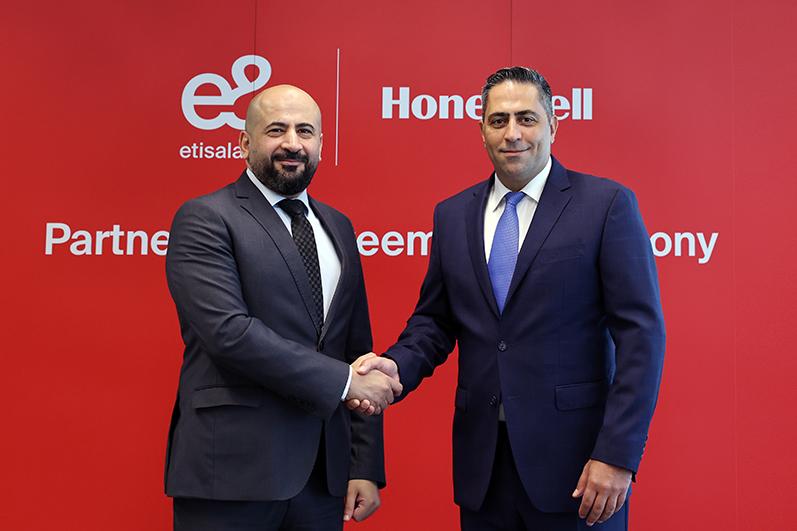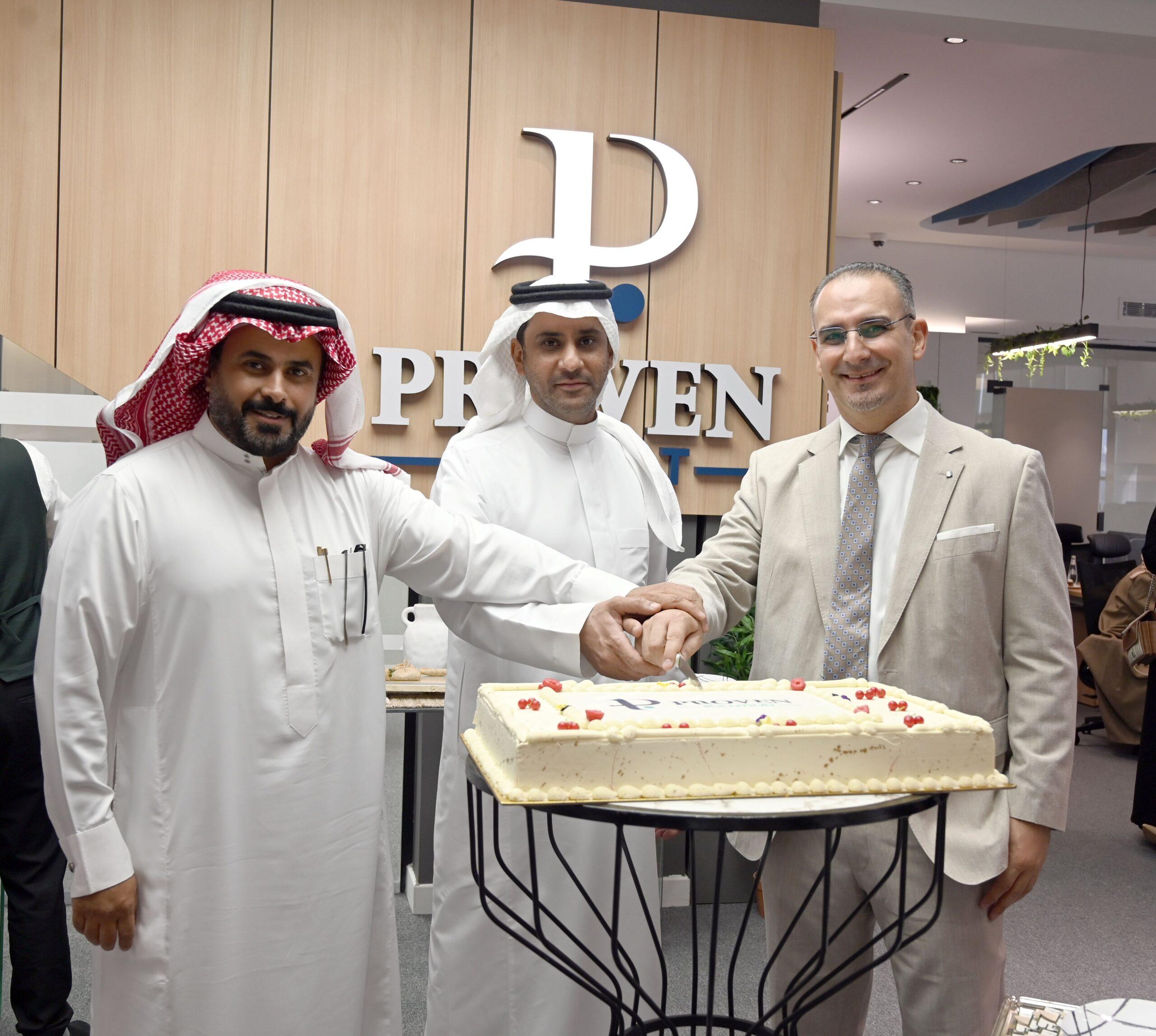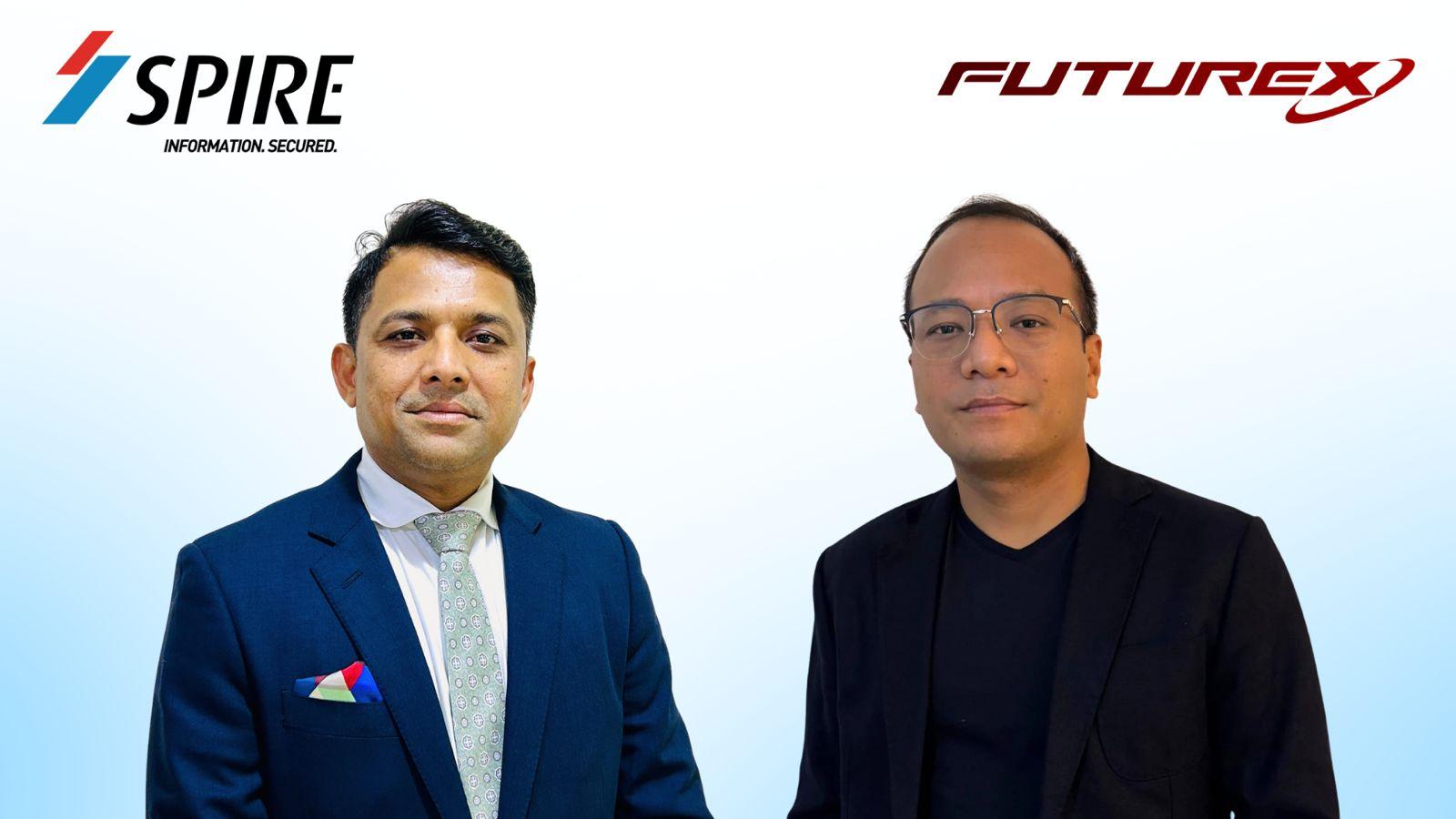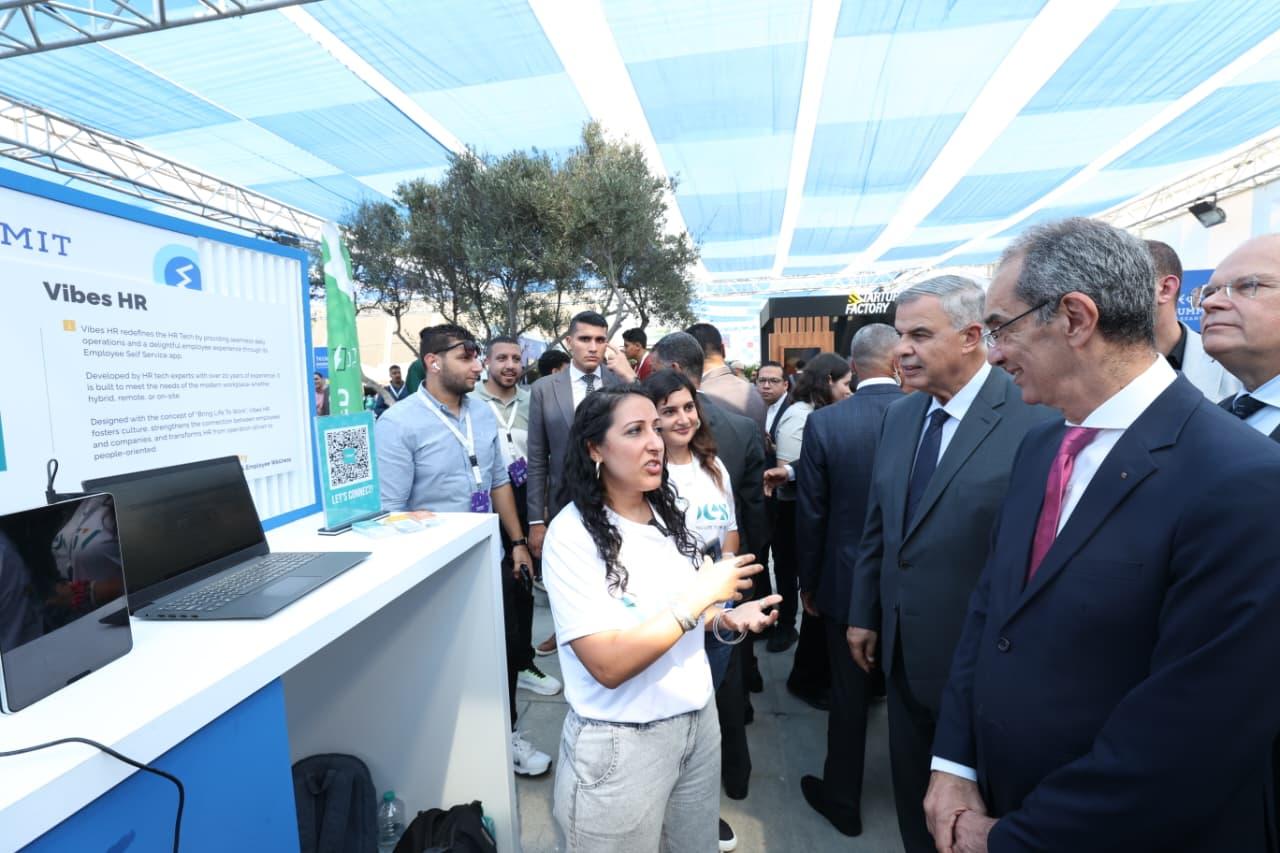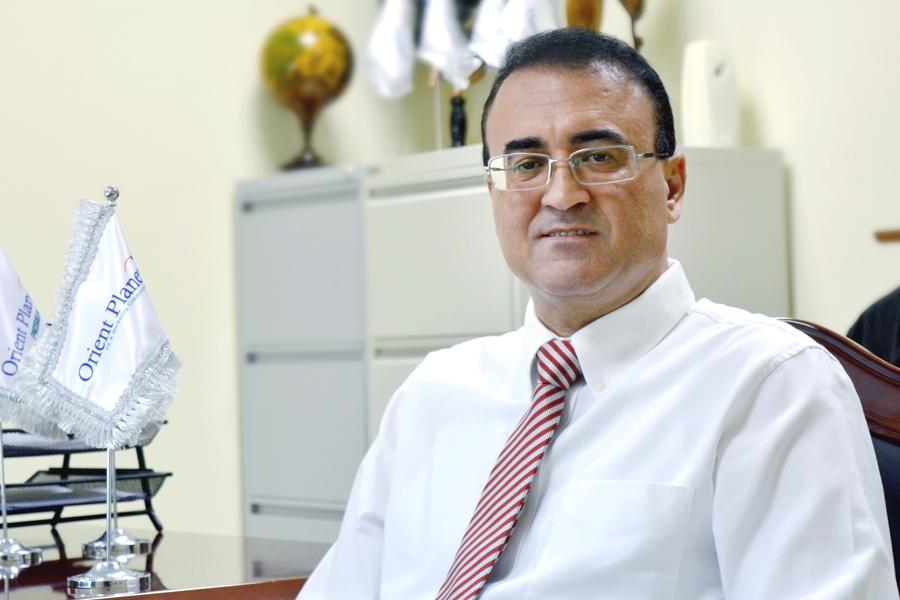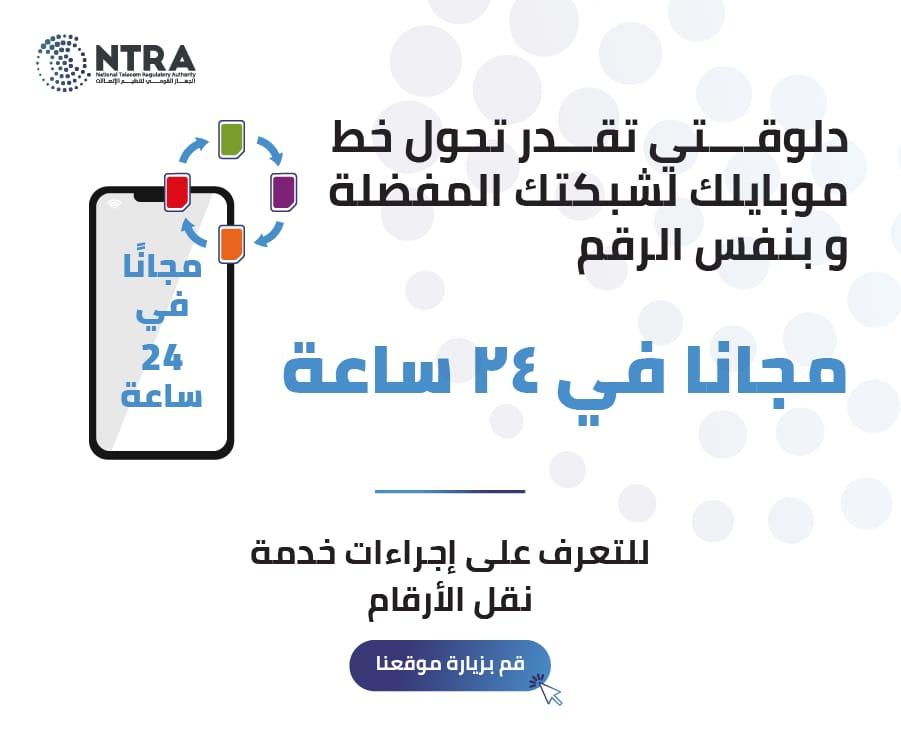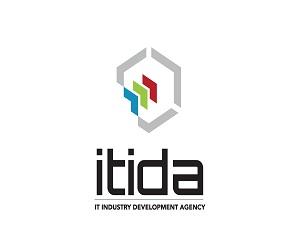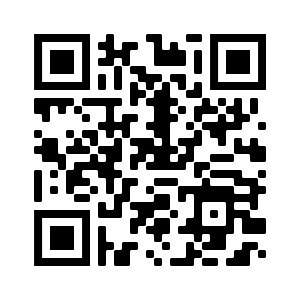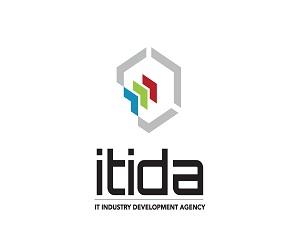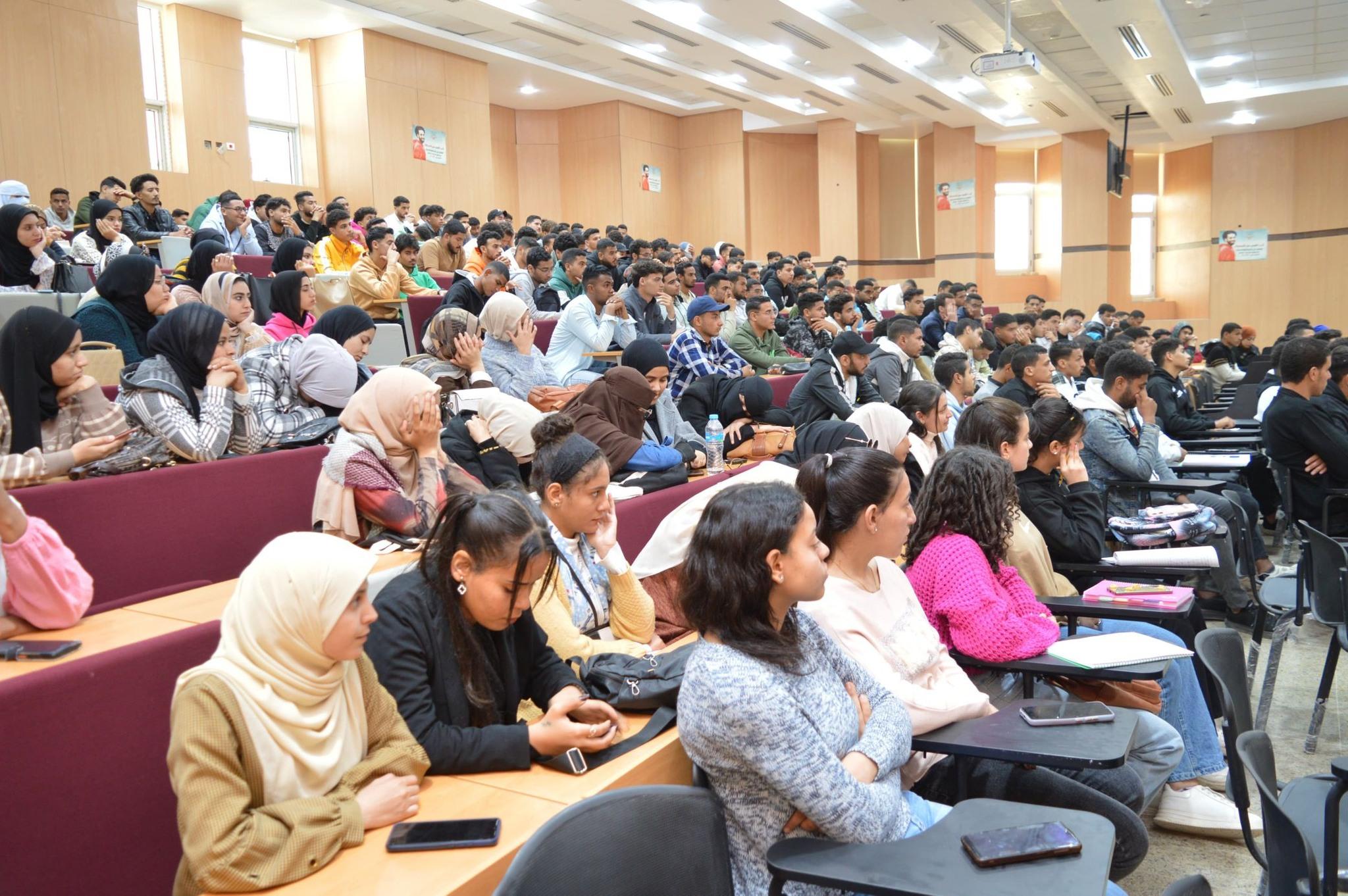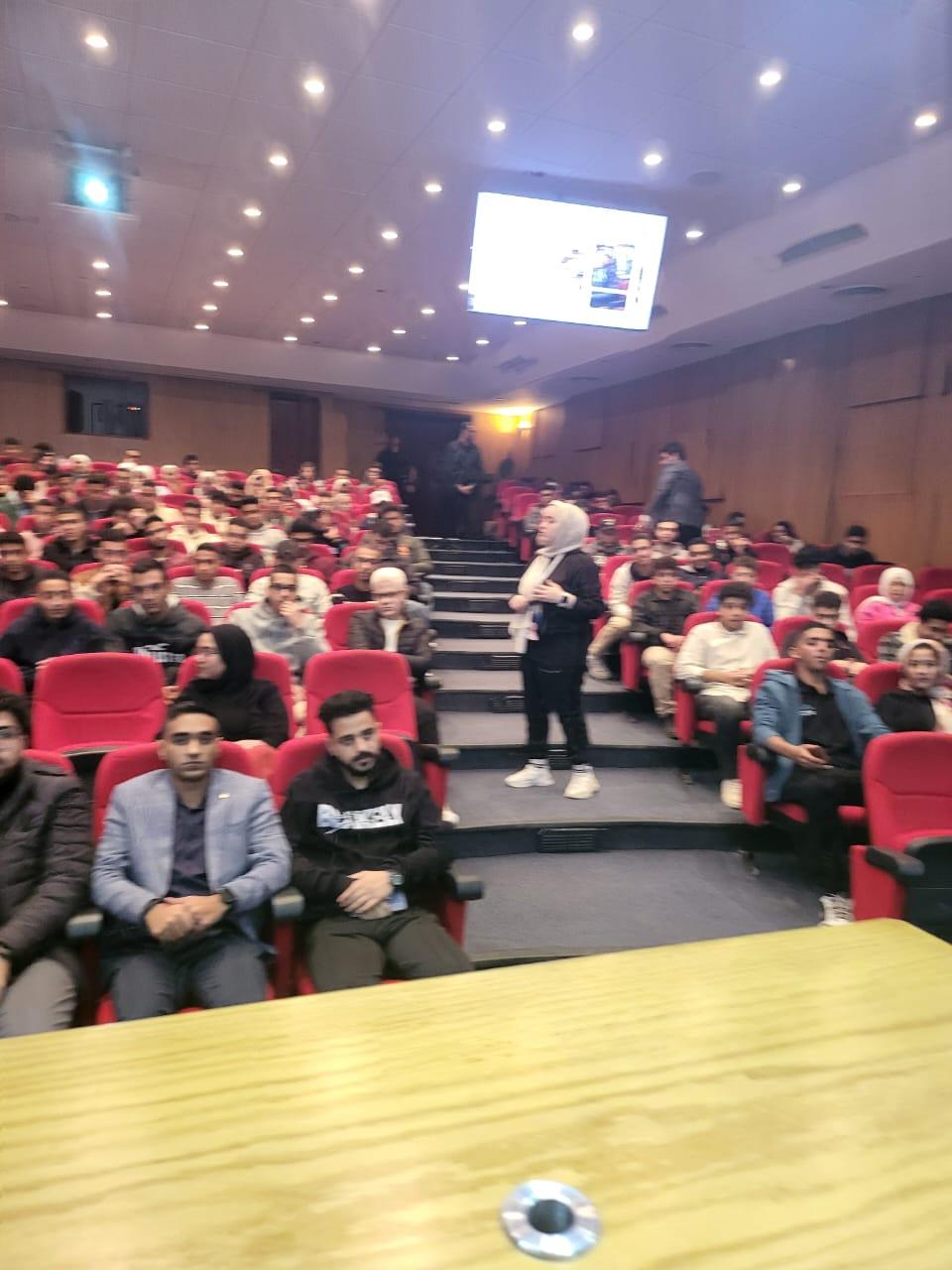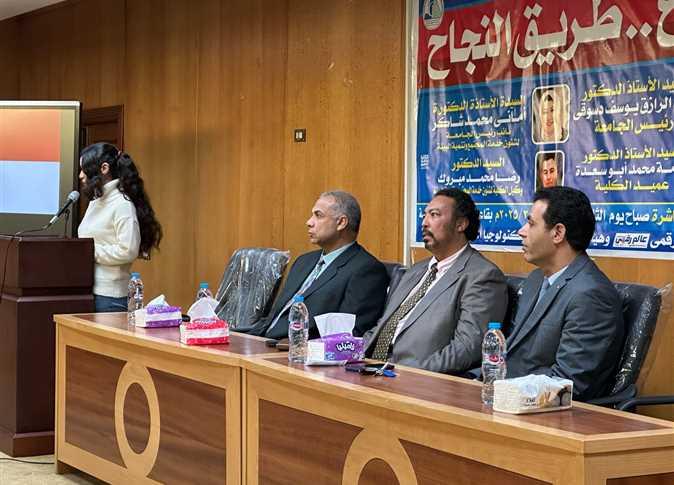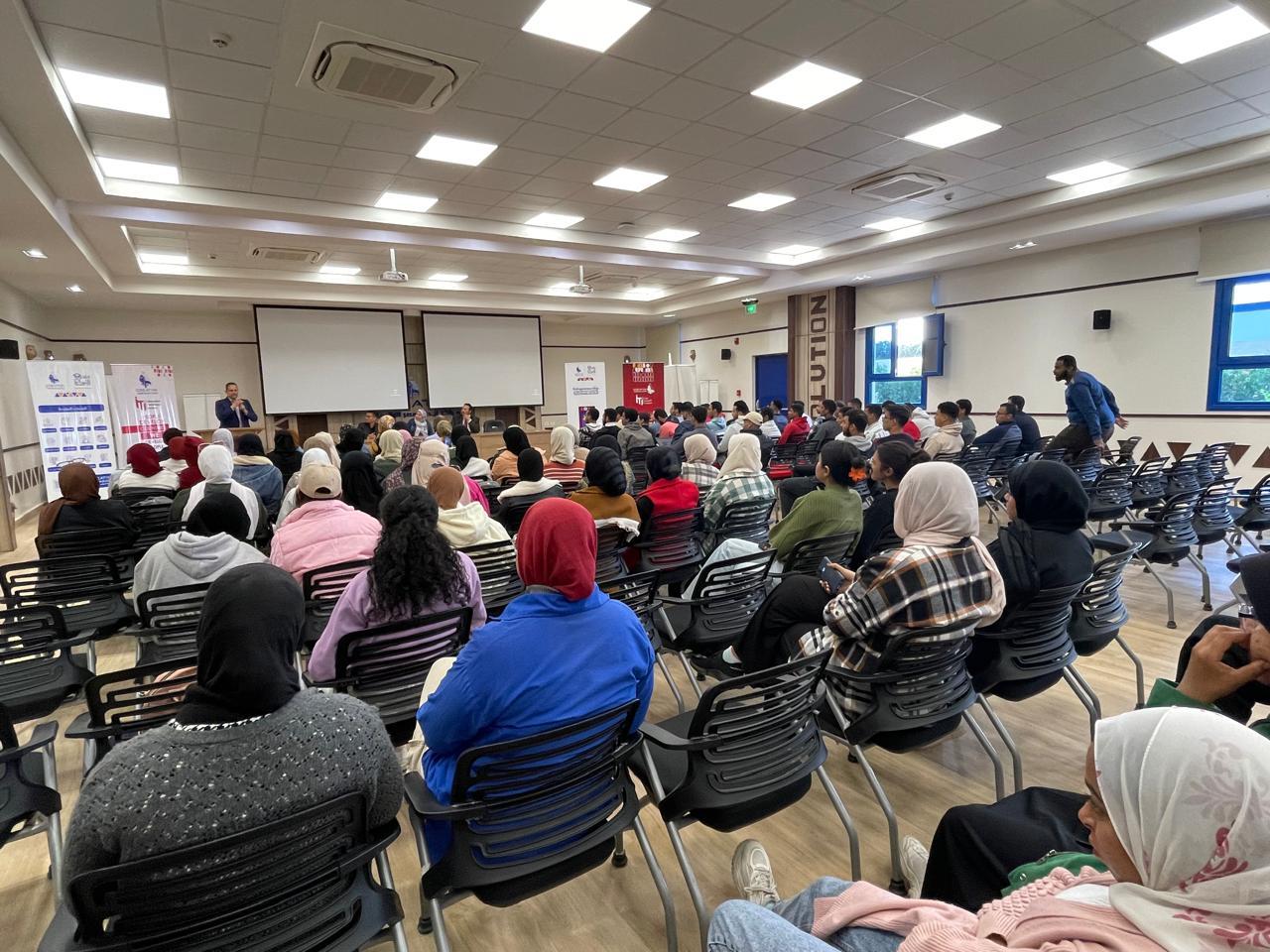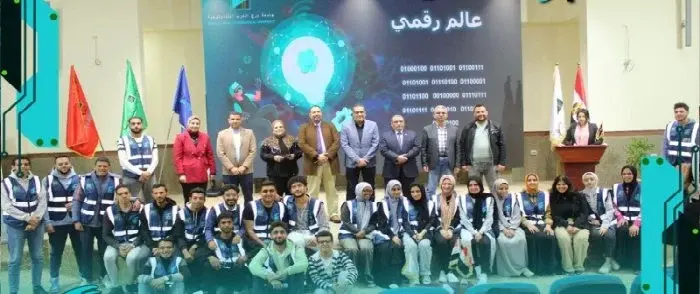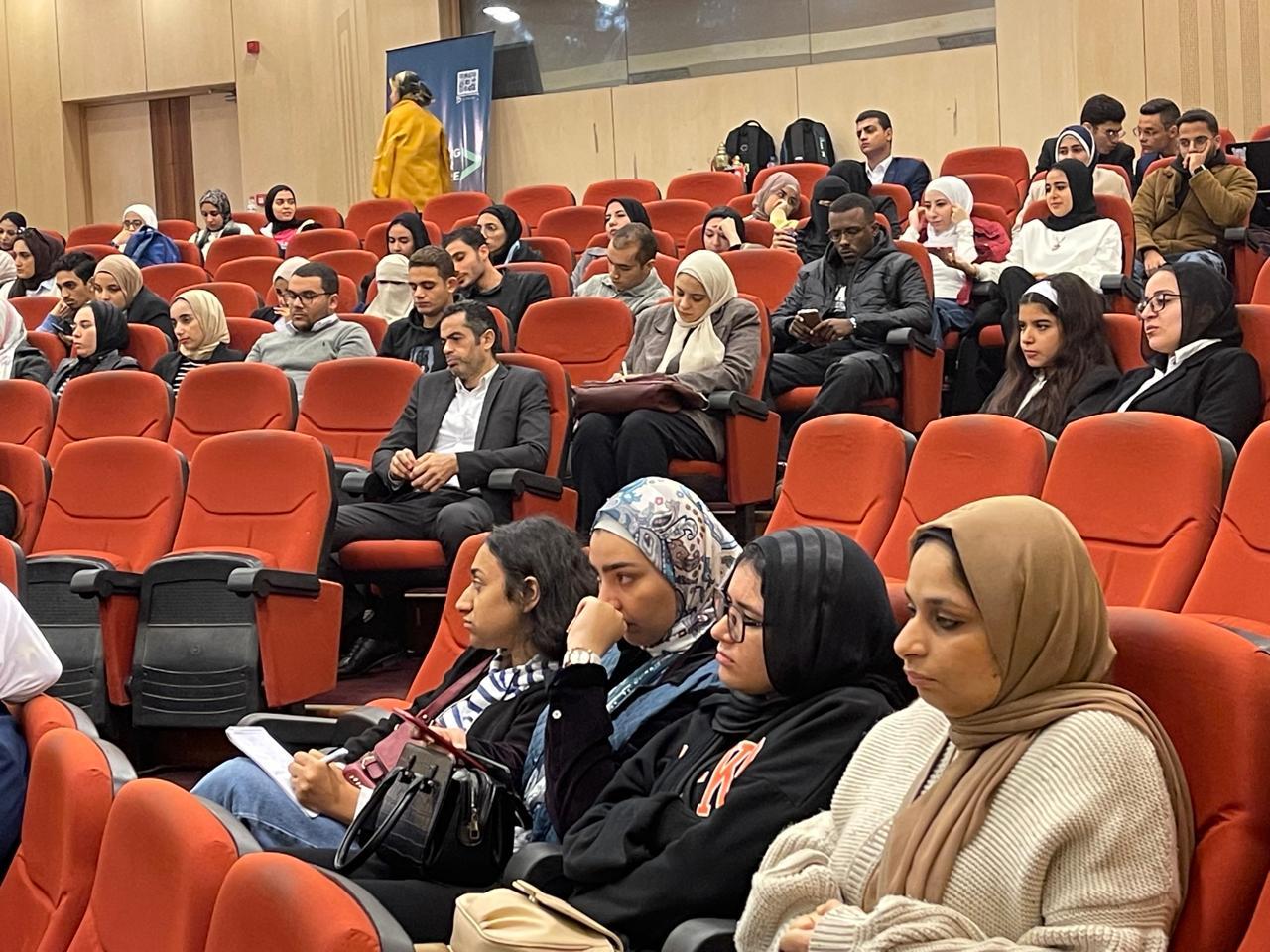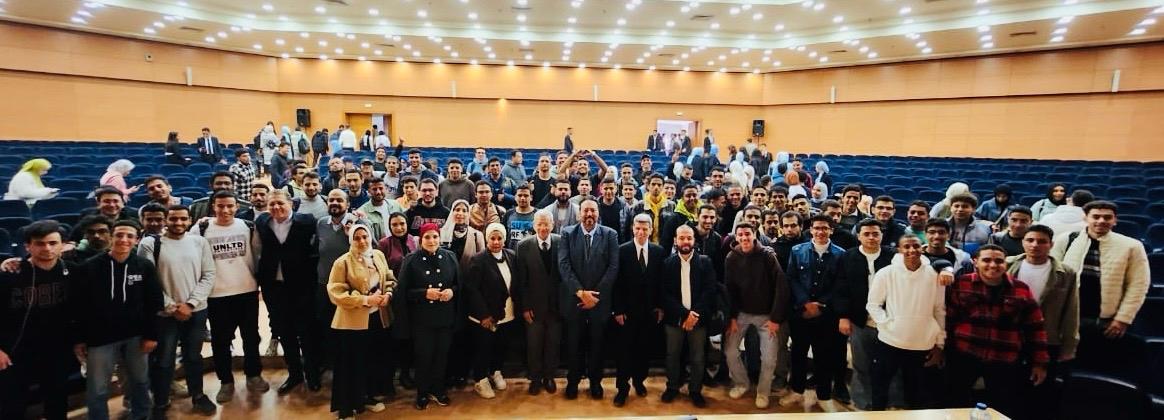- Collaboration aims to accelerate businesses’ digital transformation across the UAE
- Field teams to have enhanced connectivity with mobile-enabled, plug-and-play analytics and automation solutions
By : Mohamed Elkholy
e& UAE, the flagship telecom arm of e& in the UAE, and Honeywell, a global leader in industrial automation, today announced the signing of a Performance Partner Program Agreement to deploy pre-configured, mobile-first 5G and AI-enabled solutions tailored for the UAE’s private sector.
The collaboration focuses on enabling small and medium-sized businesses (SMBs), including retailers, to streamline operations, boost efficiency, and remove digital barriers. Both companies are set to provide pre-packaged, easily deployable digital tools that eliminate traditional IT complexity and simplify digital transformation across sectors.
Fadi Shanaah, Senior Vice President, Enterprise Sales, e& UAE, said: “The collaboration with Honeywell allows us to accelerate digital transformation for SMBs by combining e&’s robust 5G infrastructure and AI capabilities with Honeywell’s deep industrial expertise. Together, we’re delivering intelligent, connected solutions that empower SMB customers to optimise operations, enhance safety, and unlock new levels of efficiency in real time.”
George Bou Mitri, president, Honeywell Industrial Automation Middle East, Turkey, Africa, and Central Asia, commented: “Through this strategic collaboration with e&, we are leveraging Honeywell's technology and e&'s 5G capabilities to enable digital transformation, simplify complexity, and facilitate smarter, faster operations. Our shared vision is to empower SMBs, including retailers, with mobile-first tools that drive efficiency, enhance safety, and accelerate digital transformation across the UAE. We look forward to helping businesses achieve greater digital integration and economic resilience.”
Bringing the Power of AI and 5G to the Field
This collaboration brings together e&’s secure 4G/5G network infrastructure and machine-to-machine (M2M) connectivity with Honeywell’s industrial-grade hardware, automation software, and AI analytics platforms. The result is a suite for ready-to-deploy, mobile-first solutions that allow field teams and business users to work smarter—directly from a mobile device—without relying on back-office systems. Key offerings include:
Connected Workforce Solutions: Honeywell’s mobile devices, powered by e&'s secure 4G/5G M2M connectivity, deliver a seamless ‘device as a service’ offering, enabling field workers in logistics, facilities management, maintenance, and inspection to operate efficiently without IT dependency.
Plug-and-Play Digital Kits for SMBs: Mobile-first, self-service kits that digitise core workflows (e.g. inventory, sales, asset management) with zero IT infrastructure required. Powered by e&'s Device as a Service (DaaS) model, these kits enable SMEs to adopt enterprise-grade tools at a fraction of the cost and complexity.
AI-Driven Reporting & Dashboards: Built-in analytics and AI-driven dashboards that provide real-time performance data and predictive insights, enabling smarter, faster decision-making.
Smart Barcode & QR Code Integration: Accurate, app-based scanning and labelling tools to replace manual paperwork, reduce errors, and improve speed, accuracy, and quality of service.
Vertical Industry Solutions: Customised, and sector-specific solutions for SMB use cases, such as logistics hubs, facilities management and field services.
As businesses across the Middle East double down on AI adoption, industrial digitalisation, and growth, the e&–Honeywell collaboration is set to directly support these efforts with mobile-enabled automation tools that require no backend infrastructure, boosting business competitiveness and creating a scalable path to digital inclusion and economic resilience.
From facility monitoring and asset tracking to real-time field inspections and automated logistics, the solutions developed under this collaboration are designed for immediate deployment and measurable results, removing complexity and reducing digital entry barriers.
